Just like a heart depends on veins to keep it functioning properly, an org chart relies on its own network of ‘data-carrying veins’ to keep it alive and constantly up-to-date. These ‘veins’ exist to seamlessly transport employee and position information into the org chart system.
But how does this work? Well, as these ‘veins’ connect your data, such as employees, their positions, and their REM (remuneration) details, directly to the org chart, information flows freely in two directions: from the org chart into the database tables and from the database tables into the org chart. This leaves you with something amazing – a dynamic and up-to-date Single Source of Truth (SSoT) org chart system that captures the structure of all positions and employees in your organisation. Join us on this enlightening journey as we delve deeper into how the ‘data-carrying veins’ keep the org chart alive and reliable at all times.
How Does an Org Chart Stay ‘Alive’?
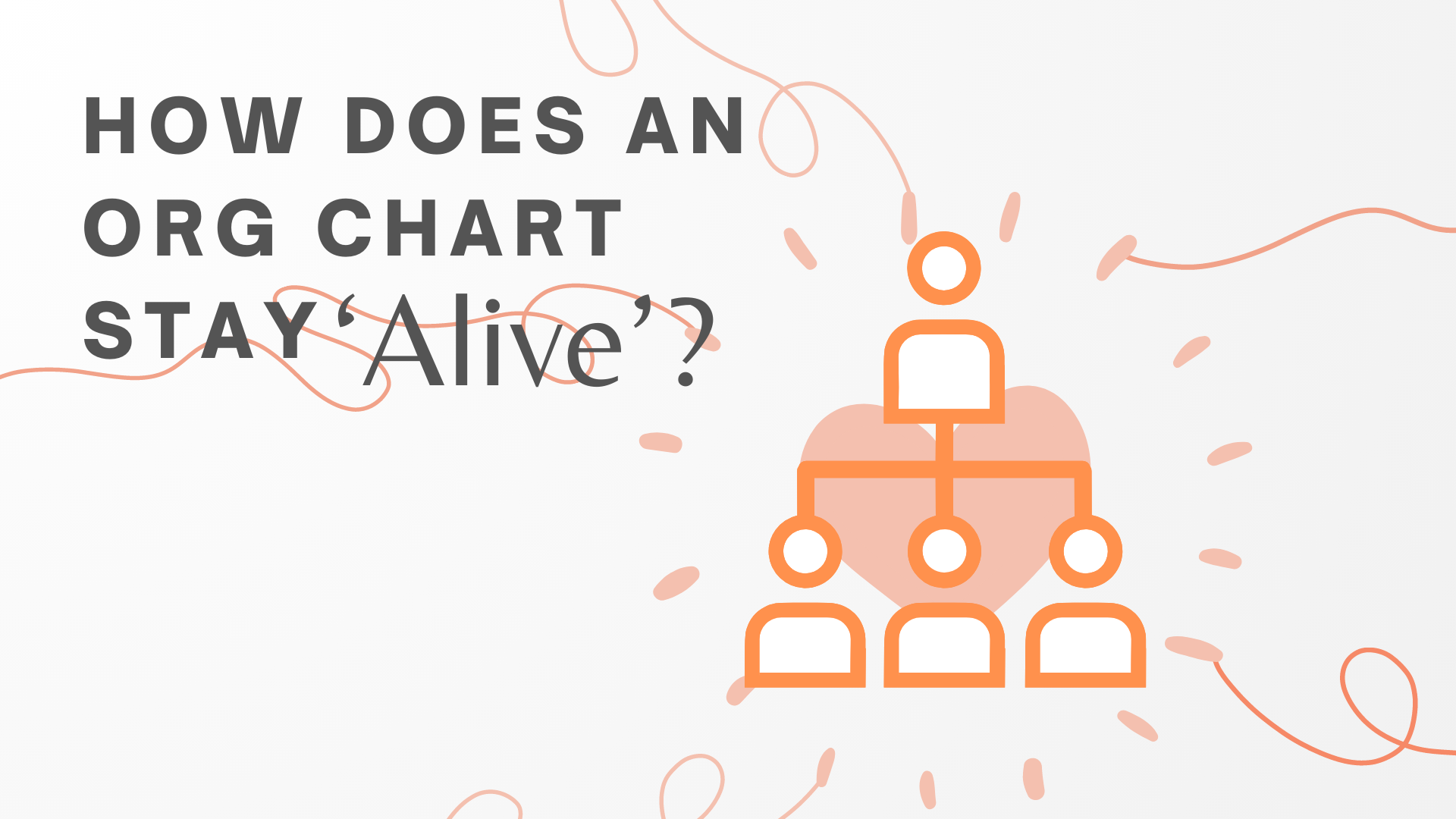
As you probably already know, an org chart holds all of the structural information of your organisation, such as your employees, the positions they’re filling, who they report to, and their corresponding remuneration details. But what makes it stay up-to-date all the time? The answer lies in the veins, allowing data from your unique position library and employee database to freely flow in and out of the org chart. Due to the strong Single Source of Truth (SSoT) data architecture of your HRIS, all information is pulled from a single place, eliminating any worries you may have about dealing with replicated or out-of-date information.
For example, imagine having 50 employees occupying the same position – each with a unique employee ID and various other data such as location, work hours, remuneration details, etc. The data-carrying veins connect the individual nodes on your org chart to specific details that are stored in your unique position library and employee database. Any changes made to that stored data will automatically be pulled into the org chart as soon as the page is refreshed. This demonstrates how the veins operate to keep an org chart constantly up-to-date and reliable for HR teams.
The Two Directions of Data Flow
There are two directions in which data flows to keep the org chart alive. The first stream carries data from the database tables into the org chart, while the second stream moves data from the org chart into the database tables. These simultaneously flows are the key to maintaining an org chart as a Single Source of Truth (SSoT) and enabling the seamless integration of employee-related processes, such as recruiting, onboarding, change of conditions, and offboarding. Let’s take a closer look at these flows in action.
Single Source of Truth (SSoT) Concept
Data Flows From the Database Tables into the Org Chart
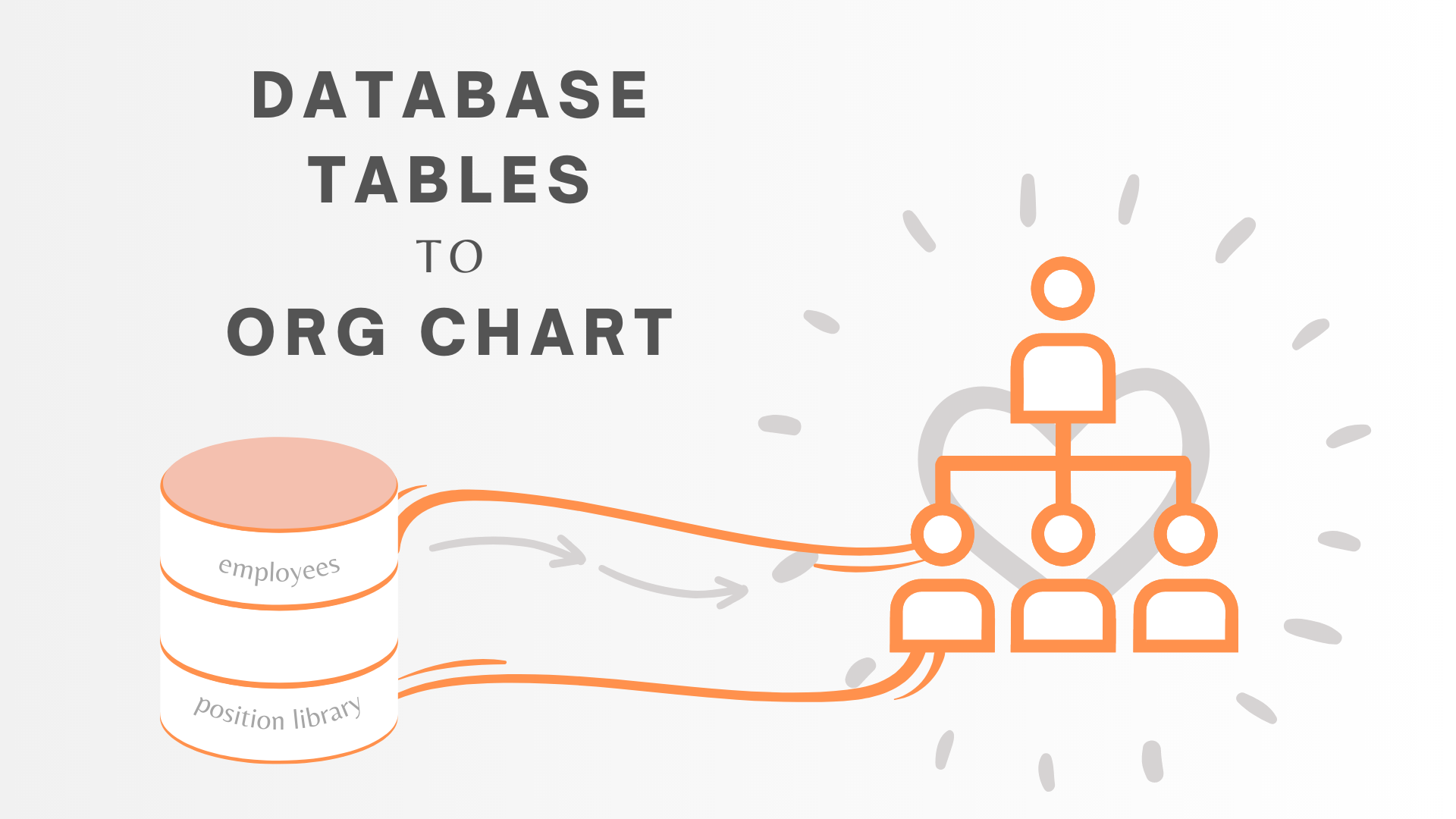
The flow of data from your database tables into your org chart ensures that your org chart system operates as a Single Source of Truth (SSoT) for all entities including employees, unique positions, and remuneration data. As everything in the system is connected, it eliminates the risk of outdated or replicated information in multiple places. This data architecture paves the way for the smooth management of your employees, as any changes made to details in your position library or employee database will automatically flow into your org chart keeping all details up-to-date. Simplifying data management, you can rely on this flow of data to give you the ability to make changes in just one location and have those changes transformed across the board. Or in this case, your org chart and HRIS.
For instance, let’s say you have 20 employees occupying a Content Copywriter position in your organisation. If you decide to rename the position to Content Marketing Specialist, making that change is as simple as accessing your unique position library and updating the name for that specific position. Through the interconnected veins that link the position to each employee’s node on the org chart, the change is seamlessly made across the system. With a quick page refresh, you’ll witness the entire org chart automatically reflect the updated information. Enjoy effortless synchronisation and see the power of your org chart as a Single Source of Truth (SSoT), delivering real-time updates.
Initiating Employee-Related Processes
Data Flows From the Org Chart into the Database Tables
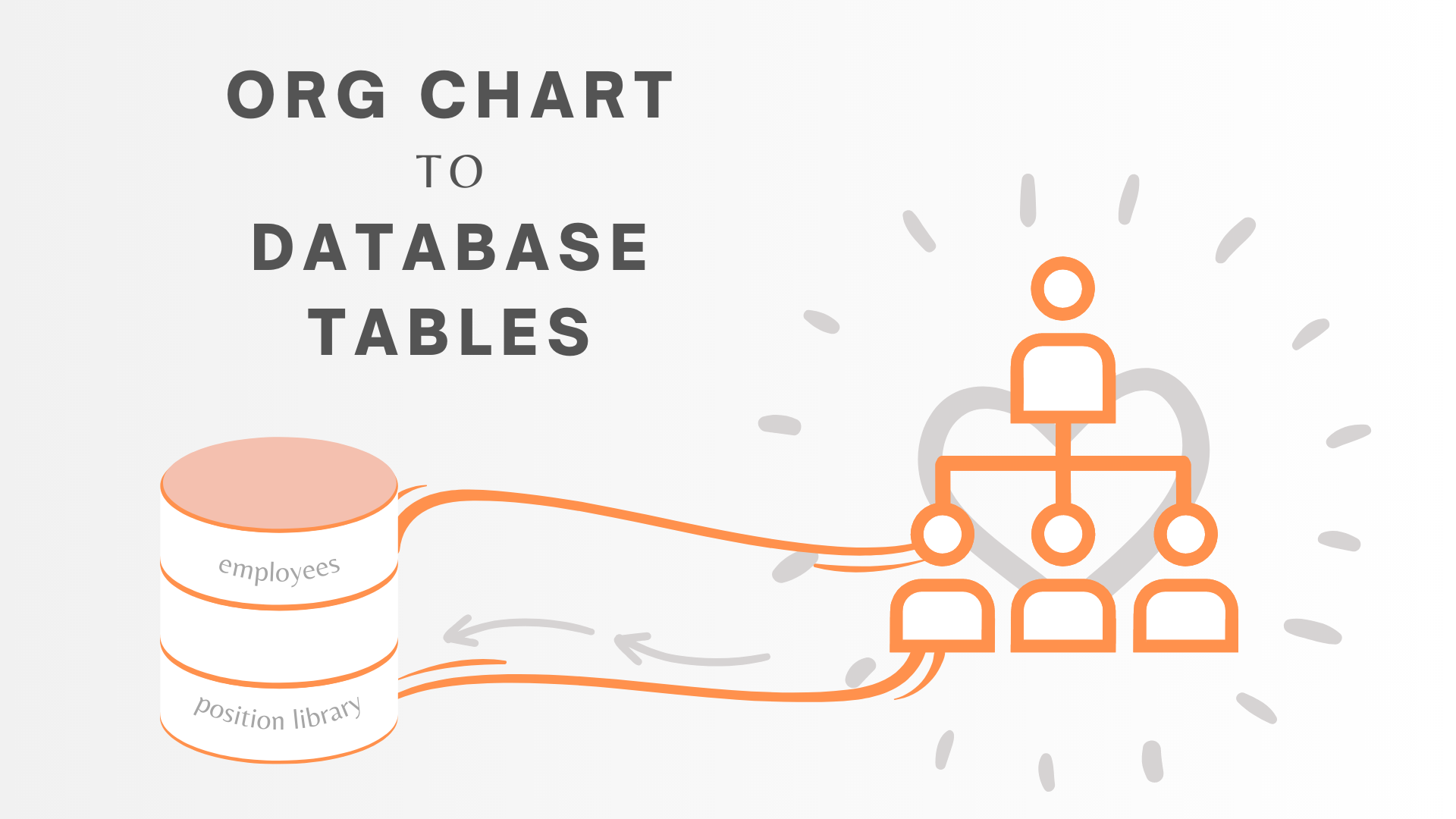
This flow of data mainly stems from initiating employee-related processes from your org chart. Initiating processes directly from the org chart, such as recruitment and onboarding, change of conditions, and offboarding, will effect changes in your employee records and proceed to flow back into the org chart, keeping it organically up-to-date at all times.
Let’s take a look at an example. When recruiting and onboarding an employee, the veins of your org chart software allow data to flow freely throughout the recruitment funnel and into the employee database. Let’s say you want to initiate a request-to-hire for a VP of Marketing position at your company. With an org chart software like Martian Logic, you should be able to click into the position node on your org chart, request approval, and start recruiting for that position. Once you have decided on a suitable candidate, all that new hire needs to do is complete their onboarding pack and the data-carrying veins will take charge, seamlessly pushing the new hire’s data into the employee database. It’s a seamless and automated process that eliminates the need for manual data entry, saving you time and ensuring accuracy. But it doesn’t stop there.
Here is where it gets truly remarkable. Remember the direction of data flow that we discussed in the previous section? Well, that flow of data from the employee database back into the org chart completes the circle. The details of your newly onboarded VP of Marketing seamlessly flow back into the org chart, instantly filling that vacant node and completing the picture. Everything from a headshot of the employee to their remuneration information, and so on, populates into the system. It’s a beautiful cycle of data synchronisation, ensuring that the org chart remains complete and up-to-date, reflecting the latest changes to your employees.
Key Takeaways
With this interconnected system, the ‘data-carrying veins’ of your HRIS seamlessly transport all essential data, such as employees, their positions, and their REM (remuneration) details, to your org chart. Bringing your org chart to life, this automatic circulation of data is maintained through two directions of data flow via the these veins:
- Data flows from your database tables into your org chart
- Data flows from your org chart into your database tables
These synchronised flows of data, supported by the Single Source of Truth (SSoT) data architecture of your HRIS, guarantees real-time insights and ensures that you won’t have to deal with duplicated or outdated information ever again. This lets you have access to the most up-to-date details all the time and sets up your HR team for the smooth management of your employees, their positions, and ultimately, your organisational structure.
Invest in an HRIS that lets all of your data flow freely through the interconnected veins of your system, and enjoy a healthy, reliable, and live org chart whenever you need it. Trust us when we say, it’ll make your tasks as an HR professional a whole lot easier.

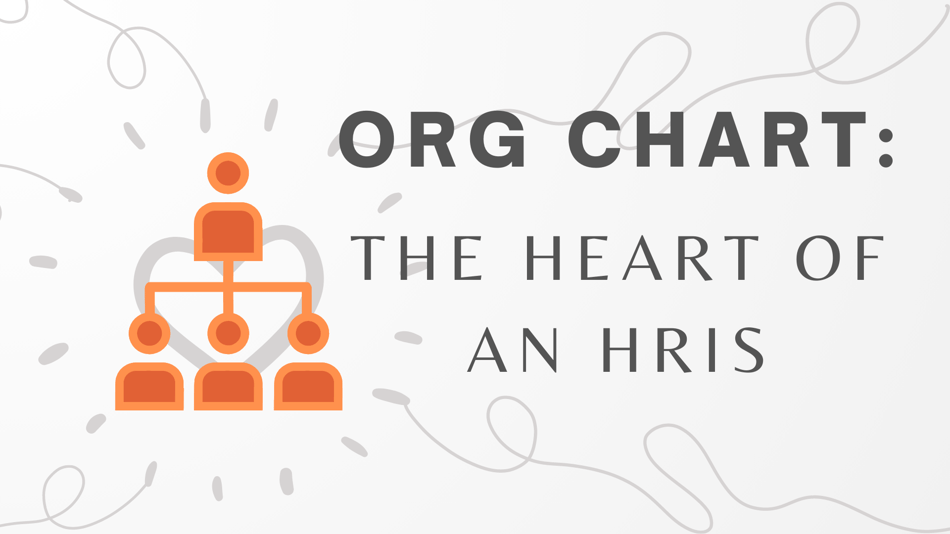


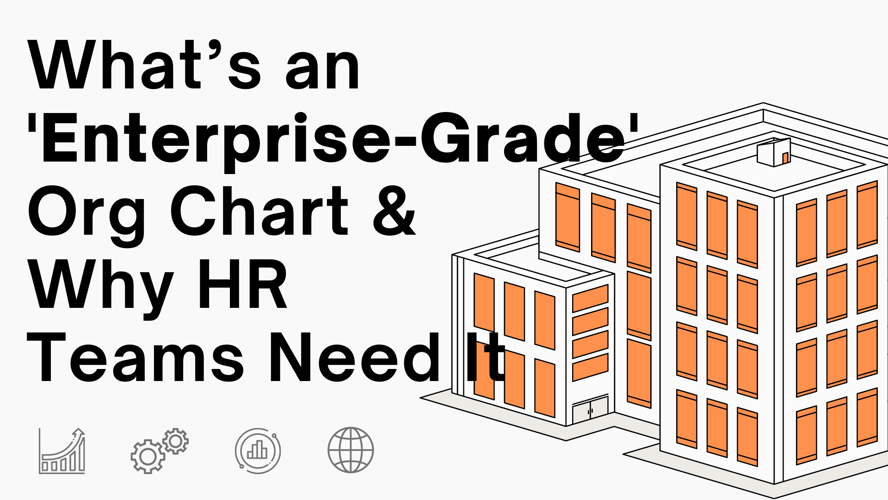
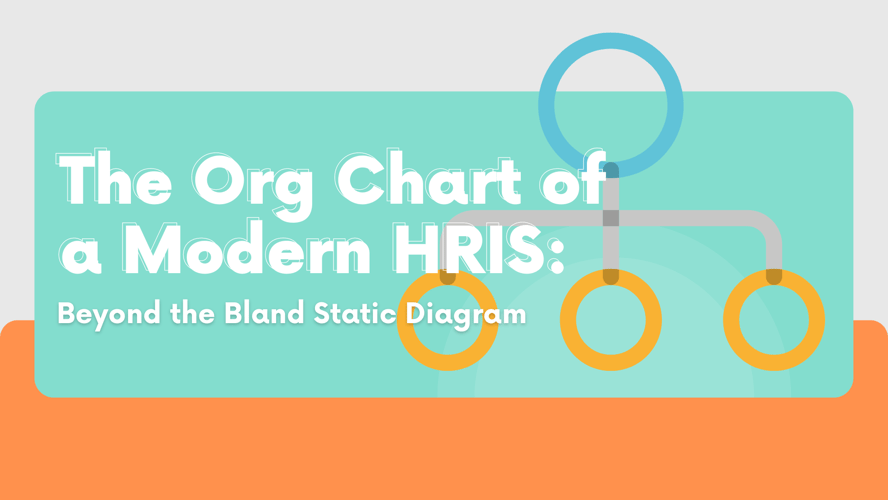
Blog comments